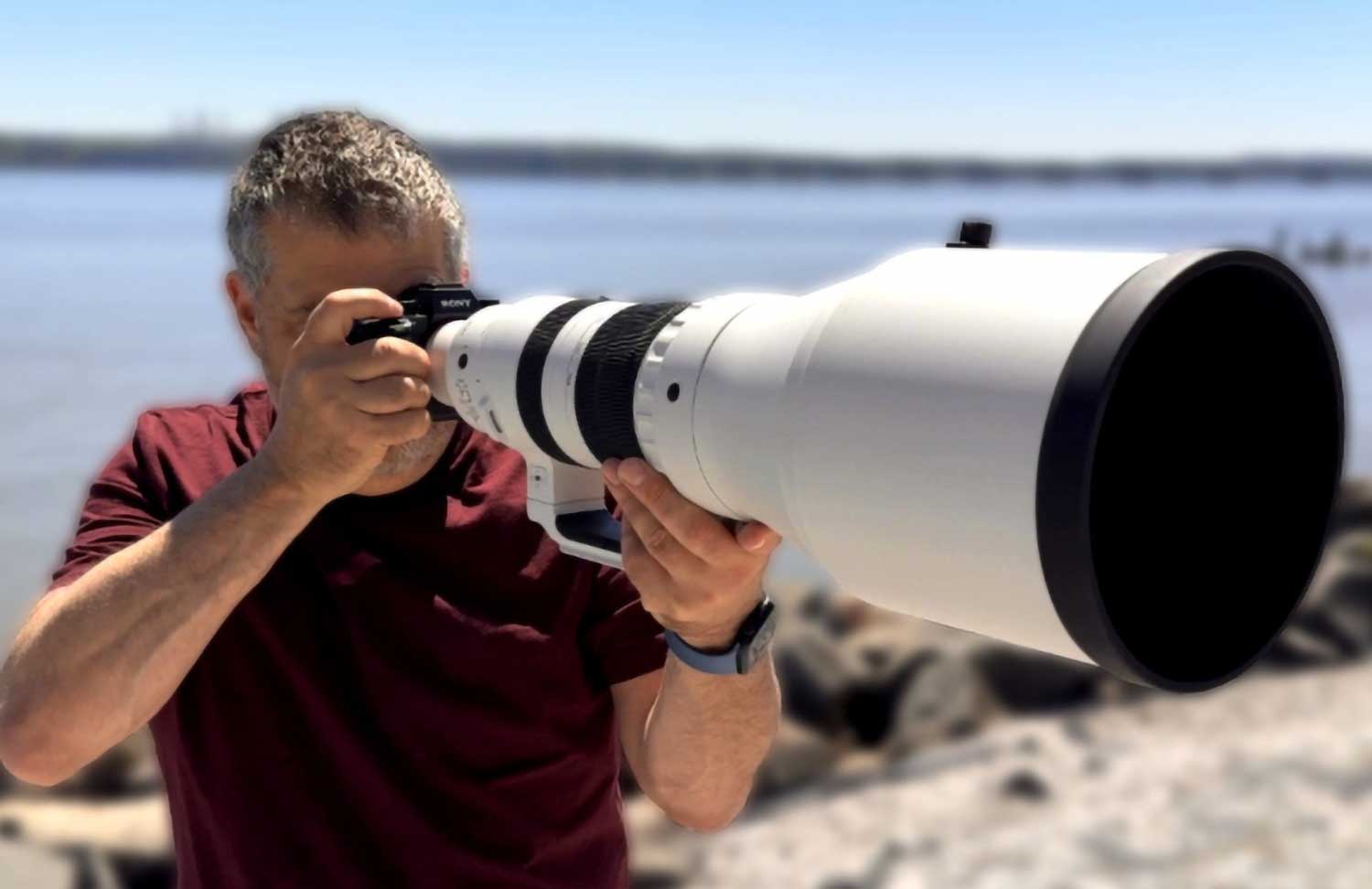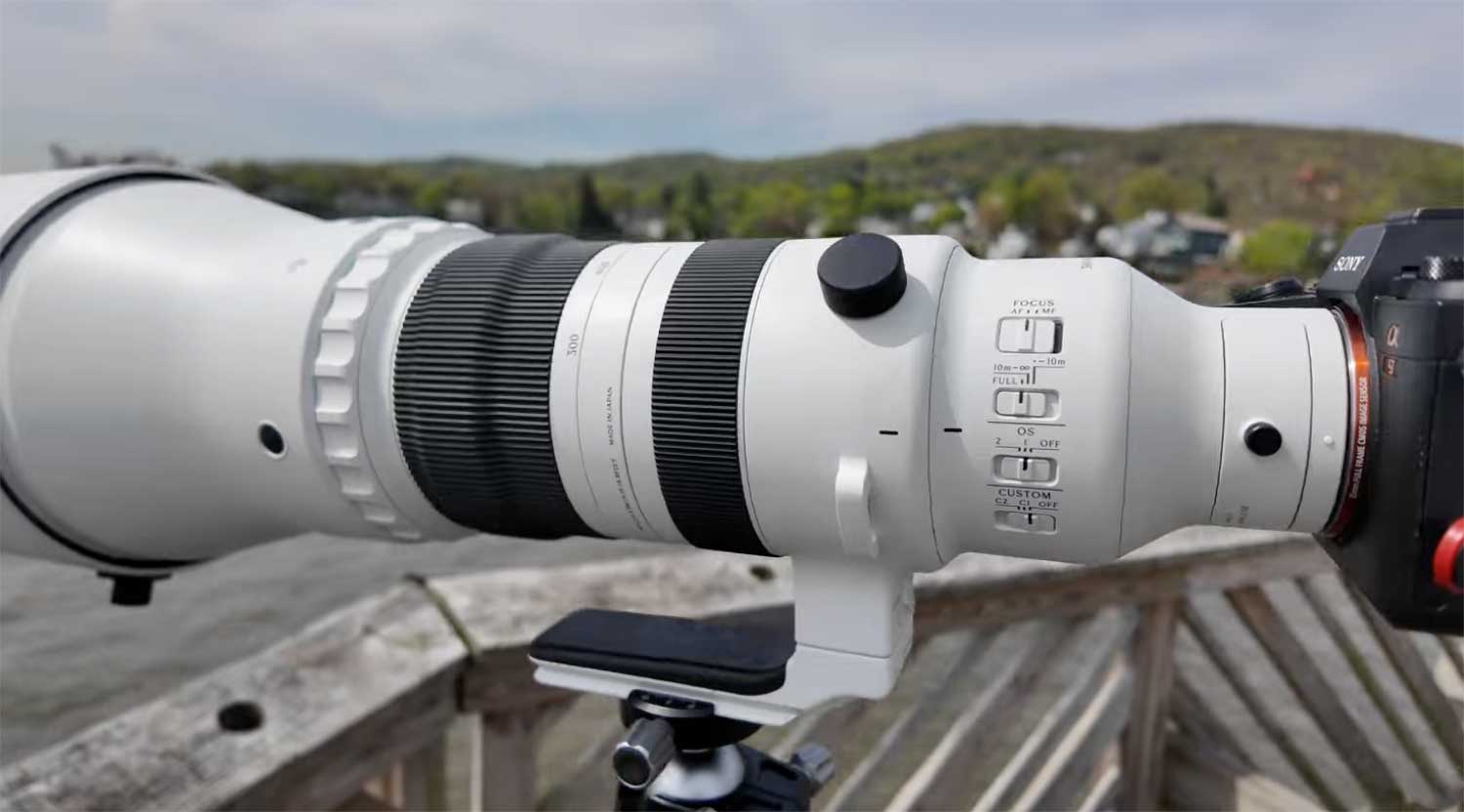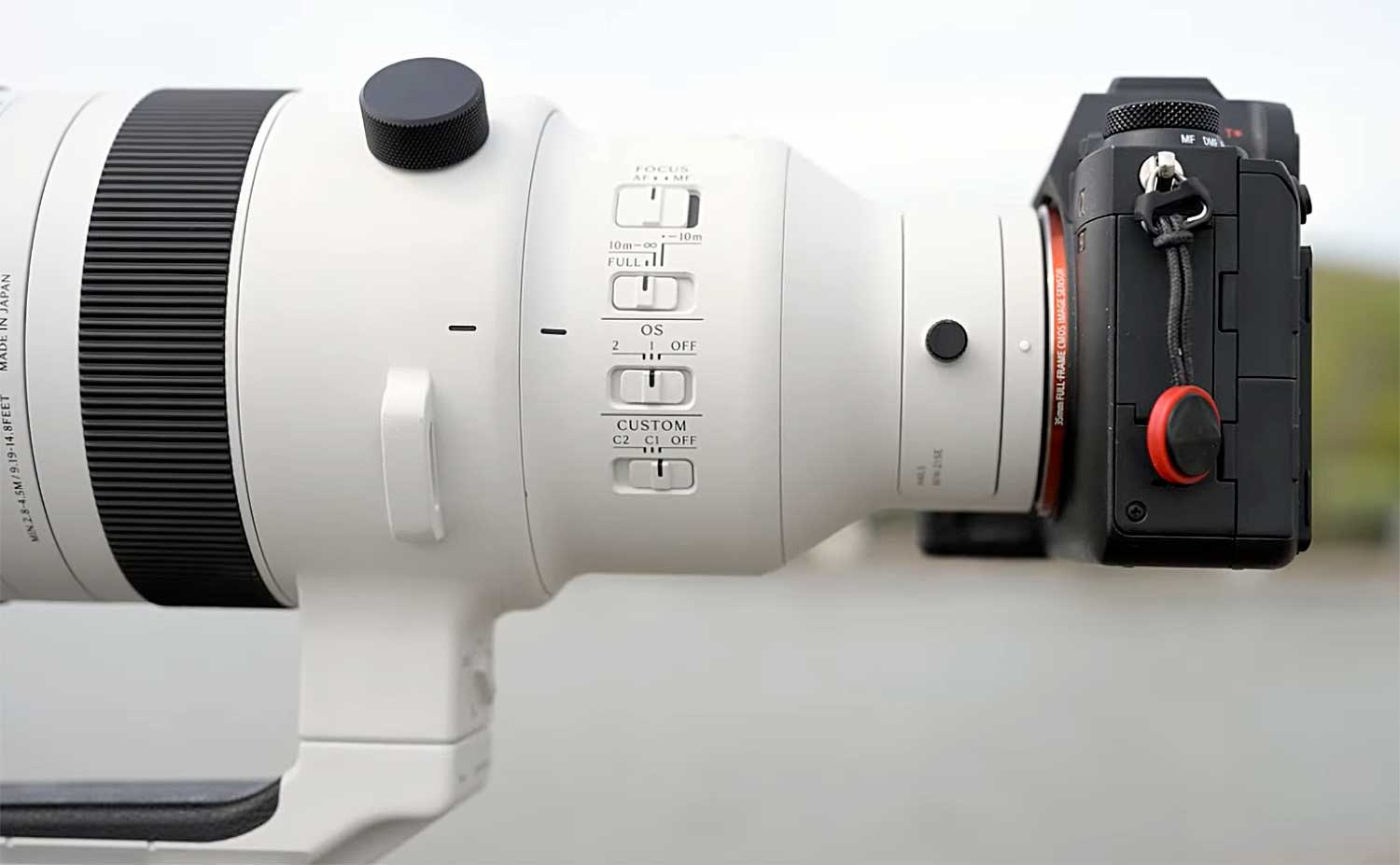Sigma 300-600mm F/4 Review: An Audacious Lens for Wildlife Photographers

Leave it to Sigma to throw the playbook out the window. With the new Sigma 300–600mm f/4 DG OS Sports (for Sony E cameras), the lens maker has dropped one of the more daring pieces of glass we’ve seen in years. And most importantly, it works. Really well.
David Schloss, editor of Imaging Resource (Outdoor Photographer’s sister site), calls this an “audacious lens” in his recent review and he’s not wrong. A fixed-aperture super-telephoto zoom is virtually unheard of in the industry.
It’s the sort of hybrid concept—prime-level brightness with a zoom's flexibility—that photographers have fantasized about for years. And you can pre-order it now for the relatively reasonable (considering the science behind it) price of $6000.
Built Like a Tank, Handles Like a Pro Tool
Right out of the box, the Sigma 300–600mm screams “pro,” according to Schloss’ review. Weighing in at just under four pounds and stretching 18.5 inches before you even attach the oversized hood, this lens looks and feels like something you’d see perched on a sideline at the Olympics or tracking a bald eagle from a blind in Alaska.
It’s made of magnesium alloy for durability and weight savings, and the construction is as weather-resistant as anything in Sigma’s Sports line—more than capable of surviving a misty mountain wildlife shoot or a foggy day on the trail.
The controls are clearly built with field use in mind. Giant, glove-friendly rings. A rotating function switch. Four focus lock buttons spaced around the barrel. You’ll also find drop-in filters at the rear of the lens—a welcome and rare touch on modern telephotos.

Image Quality That Hits the Mark
In testing, Schloss found the image quality of the new Sigma 300–600mm (for Sony E cameras) to be outstanding. The fixed f/4 aperture gives a beautiful separation from background elements, something you won’t get from Sony’s 200–600mm f/5.6-6.3 or the 400–800mm f/6.3-8 G lenses.
Even wide open, edge-to-edge sharpness is superb. Chromatic aberration? Barely there. Stabilization? Excellent. Sigma claims 5.5 stops of shake reduction, and while Schloss couldn’t verify the exact number, he had no issues shooting handheld.
A Few Bumps in the Road
But this isn’t a fairy tale lens. Like any bold design, there are compromises. Most notably: it can’t maintain autofocus while zooming, a major knock for anyone shooting fast-moving subjects like birds or jets. And on Sony cameras, the lens caps burst shooting at 15 fps, far below the Sony A9 III’s potential 120 fps. Why? Because Sony doesn’t share its secret autofocus language with third-party lens makers.
Also missing: compatibility with Sony’s teleconverters. While some shooters won’t miss them—preferring to crop from a high-res body—others will be left wishing for that extra reach.

The Value Proposition
Still, at $6,000, the Sigma 300–600mm f/4 is priced perfectly between Sony’s $2,000 200–600mm and its $13,000 600mm f/4 prime. It delivers close to G Master quality at half the price, with none of the low-light compromise of variable aperture zooms.
For wildlife, aviation, and sports shooters who can live with its limitations, it might just be the best deal in the super-telephoto game right now. As Schloss put it: “This is a lens Sony should have made.” But they didn’t. Sigma did. And for a lot of pros out there, that’s going to make all the difference.
Read Schloss’ review of the Sigma 300–600mm f/4 at Imaging Resource or watch his hands-on video with the lens below.
The post Sigma 300-600mm F/4 Review: An Audacious Lens for Wildlife Photographers appeared first on Outdoor Photographer.
